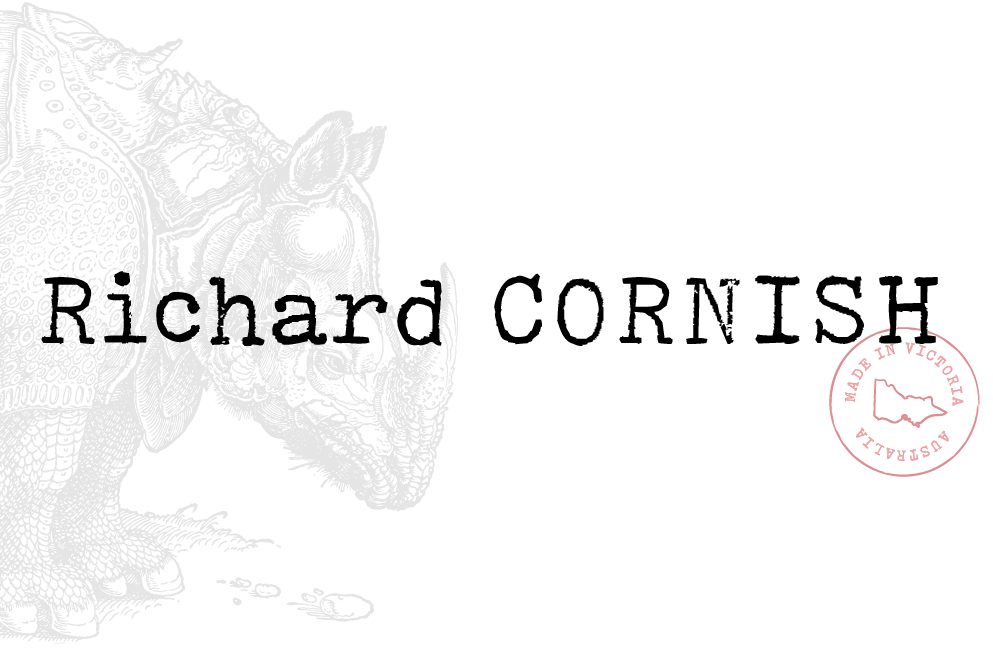Mama Mexico
Rafaela Ruiz Guiterra is making hot chocolate. Between her hands she spins her molinillo (wooden whisk) back and forth to make a froth to please her guests. Chocolate, water, a little vanilla and honey. Just as her Zapotec ancestors used to make it.
She still dyes fibres and weaves them in the way of her ancestors fermenting indigo plants to make a pleasing blue and crushing cochineal bugs to create various shades of red. Her village is Teotitlan del Valle in the Mexican state of Oaxaca and is not far from the Guila Naquitz caves where, in the 1970s, was found ancient kernels of corn, beans and squash, the trinity of sustainable agriculture in meso America.
She calls her daughter to the kitchen and hands over a hand woven basket containing corn kernels.
They are plump and golden and grown by Anna’s uncle on a small farm or milpa nearby. The corn was soaked overnight in cal, a calcium compound that softened the kernel and activates an enzyme that makes the corn more nutritious, again a custom that is thousands of years old.
Anna bundles up the corn in the crook of arm and carries it off to the molinero. She goes by the market where later she will buy some cheese that is being sold under the pergola by the side of the church.
She comes to Hilario Bautista’s store. He sells tinned goods and even instant maize powder, sitting gathering dust on the shelves.
Teotitlan del Valle is still a corn self-sufficient town and there is little call for the instant stuff, often made from GM corn grown by subsidised farmers north of the border in the US mid states.
Out the back is a little motorised mill and together they grind the corn to a thick dough called masa.
Back in the kitchen upstairs Rafaela has started a fire and is waiting for Anna.
She takes the masa and places it on the metate, a grinding stone on which she also grinds her natural dyes. She adds a little more water and soon the dough is making a pleasing slapping sound. She forms the masa into a cone and rolls off small walnut-sized balls.
She, Anna and Rafaela’s sister Carmen, are soon patting out little tortillas in the palms of their hands. These are placed on corn leaves and lapped with a little mole amarillo or yellow sauce made with chillies and tomatoes.
Folded over and tied with a strip of torn leaf, they are placed in a steamer to cook. Anna puts a tortilla on the comal, the curved terracotta dish sitting above the wood fire, and covers half of it with squash flowers and a little cheese she bought from the market to make quesadillas.
Shortly, with a flick of her wrist, she turns it to cook on the other side. Soon the tamales are done. Rich and slightly warm from the chilli in the mole, they are followed by the nutty and creamy quesadillas.
The family sits entertaining their guests surrounded by skeins of wool, dyed red with the cochineal beetles feeding on the cactus paddles hanging behind them and a sea of deep yellow yarn, as gold as the tortillas delicately clasped between their fingers.
